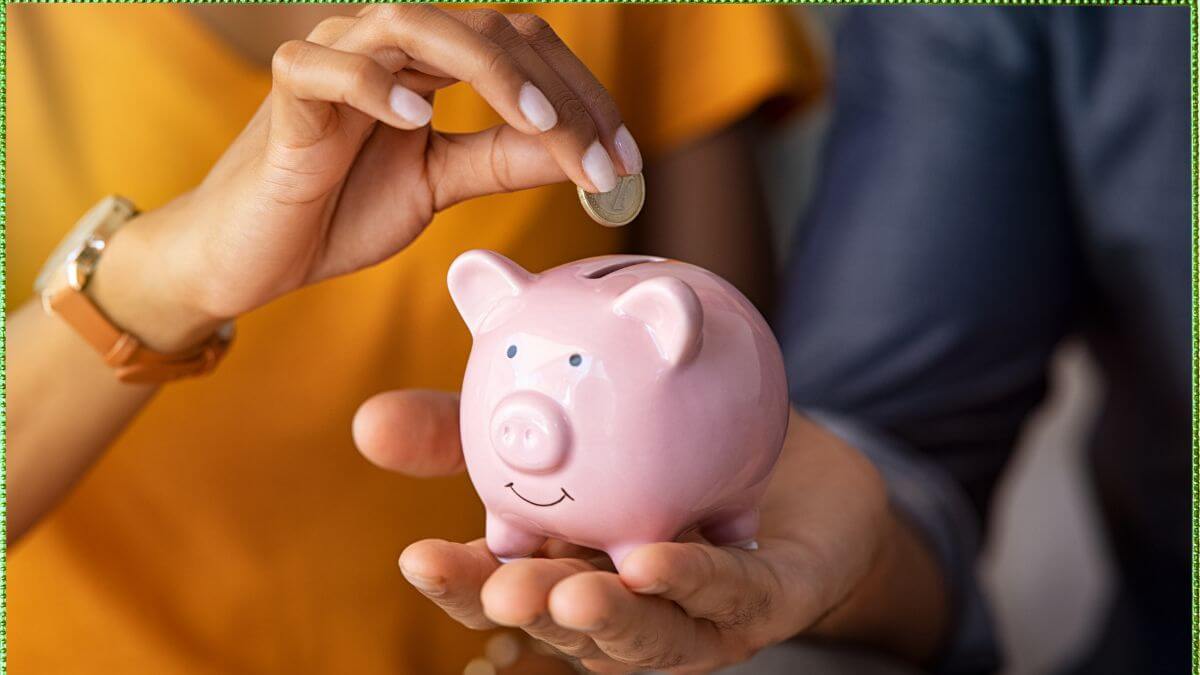An emergency fund is one of the most important financial tools you can have. It’s there for you when life throws unexpected expenses your way—whether it’s a car repair, a medical bill, or job loss. But building an emergency fund can feel like an impossible task, especially if you’re living on a low income. The good news is that it’s not only possible, but it’s also crucial. In this article, we’ll break down how to build an emergency fund, even when money is tight.
1. Start with a Small, Achievable Goal
Building an emergency fund doesn’t mean you have to save thousands of dollars immediately. In fact, it’s best to start small and set a goal that feels manageable.
Set a Goal of $500 to $1,000:
- This amount is enough to cover smaller emergencies like a broken appliance or an unexpected car repair.
- It might take a few months to save this amount, but every dollar saved will give you peace of mind.
Once you’ve saved your first $1,000, you can focus on building a larger fund of three to six months of living expenses.
2. Automate Your Savings, Even if It’s Small
One of the best ways to build an emergency fund is by automating the process. Set up automatic transfers to a separate savings account right after each payday. Even if it’s just $5 or $10, consistency is key.
How to Automate:
- Use your bank’s automatic transfer feature to send money to your savings account.
- Start with small amounts and increase them as your budget allows.
- Treat it as a non-negotiable expense, just like your rent or bills.
The beauty of automation is that you don’t have to think about it—you’re consistently adding to your savings without being tempted to spend it.
3. Cut Back on Non-Essential Spending
To free up more money for your emergency fund, you’ll likely need to cut back on non-essential spending. This might include dining out, shopping for clothes, or paying for subscription services.
How to Cut Back:
- Make a list of your discretionary expenses (things like eating out, entertainment, and non-essential shopping).
- Look at where you can reduce or eliminate costs temporarily.
- Redirect those funds into your emergency savings.
Even if you only save $20 or $30 each week, it adds up over time.
4. Save Windfalls and Unexpected Income
When you receive extra money—such as a tax refund, bonus, or gift—consider putting it straight into your emergency fund.
Tips for Windfalls:
- Deposit all or part of any unexpected income into your savings.
- Use this extra cash to boost your emergency fund faster.
- If you receive a bonus or tax refund, treat it as “found money” that can accelerate your savings goals.
This is a great opportunity to give your emergency fund a significant boost without affecting your regular income.
5. Use the 50/30/20 Rule
The 50/30/20 rule is a budgeting method that divides your income into three categories:
- 50% for Needs (rent, utilities, groceries)
- 30% for Wants (entertainment, eating out, etc.)
- 20% for Savings and Debt Repayment (this is where your emergency fund comes in)
Applying the Rule on a Low Income:
- If you earn $1,500 a month, aim to save $300 for your emergency fund.
- Start with a smaller percentage if necessary, but try to gradually increase the savings portion over time.
Even with a small income, applying this rule helps ensure that you’re prioritizing saving for emergencies.
6. Use a Separate Account for Your Emergency Fund
Keeping your emergency fund in a separate account makes it harder to dip into it for non-emergencies. It also helps you track your progress and keep the money safe from daily spending.
Account Options:
- High-yield savings account: Earn interest on your savings.
- Money market account: Similar to a savings account, but with slightly higher interest.
- Separate checking account: Make sure it’s an account you don’t use for daily expenses.
Choose an account that’s easy to access but not too convenient, so you’re not tempted to use the money unless it’s really an emergency.
7. Take Advantage of Employer-Sponsored Savings Programs
Some employers offer savings programs where they automatically deduct a percentage of your paycheck and put it into a savings account for you. If your employer offers such a program, it’s an excellent way to contribute to your emergency fund without having to think about it.
Look for:
- Direct deposit into a savings account: Many employers allow you to split your paycheck and deposit a portion into a savings account.
- Employer-sponsored retirement or emergency fund programs: Check if your workplace offers any options to help you save.
If this is an option for you, take advantage of it!
8. Sell Unused Items to Fund Your Emergency Savings
A great way to quickly boost your emergency fund is by selling items you no longer need. You may have clothes, electronics, or furniture lying around that could be turned into cash.
Where to Sell:
- Online marketplaces like eBay, Craigslist, or Facebook Marketplace
- Consignment shops or thrift stores
- Host a garage sale to clear out multiple items at once
The money you make from selling unused items can be directly deposited into your emergency fund.
9. Use a Budgeting App to Stay on Track
A budgeting app can help you track your spending and savings progress. Many apps offer tools to create savings goals and remind you to contribute to your emergency fund.
Top Budgeting Apps:
- Mint: Tracks spending and shows how much you’ve saved.
- Goodbudget: Helps you track cash spending and set aside savings.
- EveryDollar: Created by Dave Ramsey, it helps you set a budget and stick to it.
These apps can keep you motivated and on track to build your emergency fund.
10. Be Patient and Consistent
Building an emergency fund takes time. It may seem slow at first, especially on a low income, but remember that every small contribution counts. The key is consistency.
Ways to Stay Consistent:
- Set up automatic transfers, so you don’t have to think about it.
- Celebrate small milestones, like reaching $100 or $500.
- Remember that even if you can only save a little each month, it’s better than nothing.
With time and consistency, you’ll have a fully funded emergency fund, and you’ll feel more secure financially.
Final Thoughts: Your Emergency Fund Is Your Safety Net
Having an emergency fund provides peace of mind. It ensures that when life throws an unexpected expense your way, you don’t have to panic or rely on credit cards. By starting small, automating your savings, cutting back on non-essential spending, and being patient, you can build an emergency fund even on a low income.
Remember, every dollar saved brings you one step closer to financial security.

On Trilha Riqueza, you’ll find effective strategies, investment tips, and a complete roadmap to navigate the path to wealth and achieve your financial goals.




